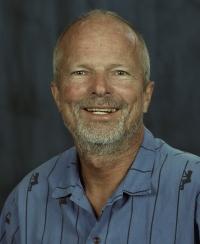
102 Cardwell Hall
The common perception of climate change is dominated by the greenhouse effect due to gases such as carbon dioxide. Aerosols influence the earth's direct radiative forcing and climate largely through modifying the planetary albedo, which is the whiteness of the planet as seen from space. If aerosols are whiter than the underlying scene, they increase the planetary albedo, have a negative radiative forcing and cause cooling (more solar energy is scattered back into space); otherwise if they appear darker, they decrease the planetary albedo, have a positive radiative forcing and cause heating (more solar energy is retained by earth). Here, we are discussing aerosol optics, its importance for radiative forcing and climate change, and its characterization in the laboratory.
